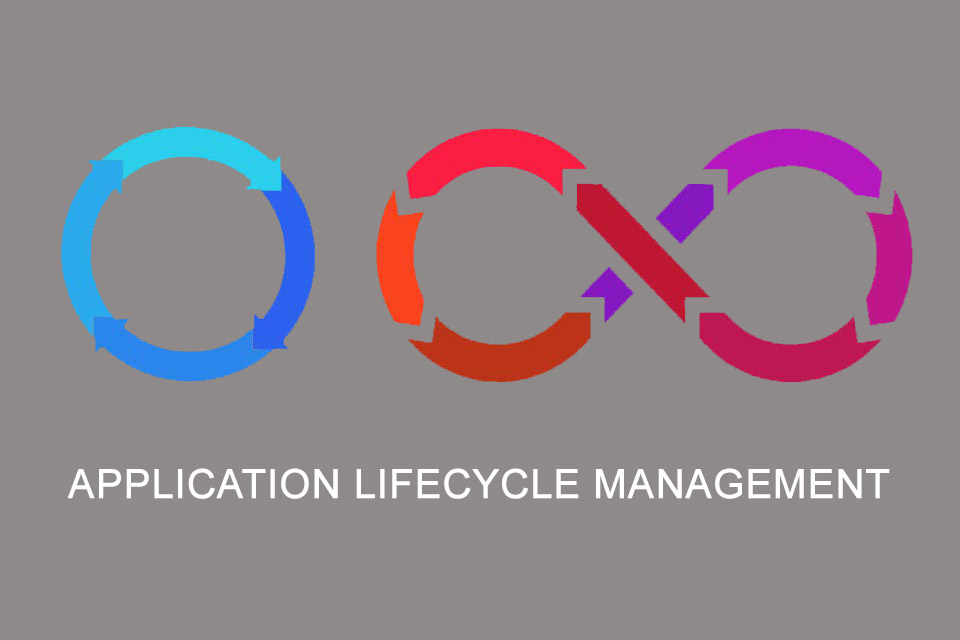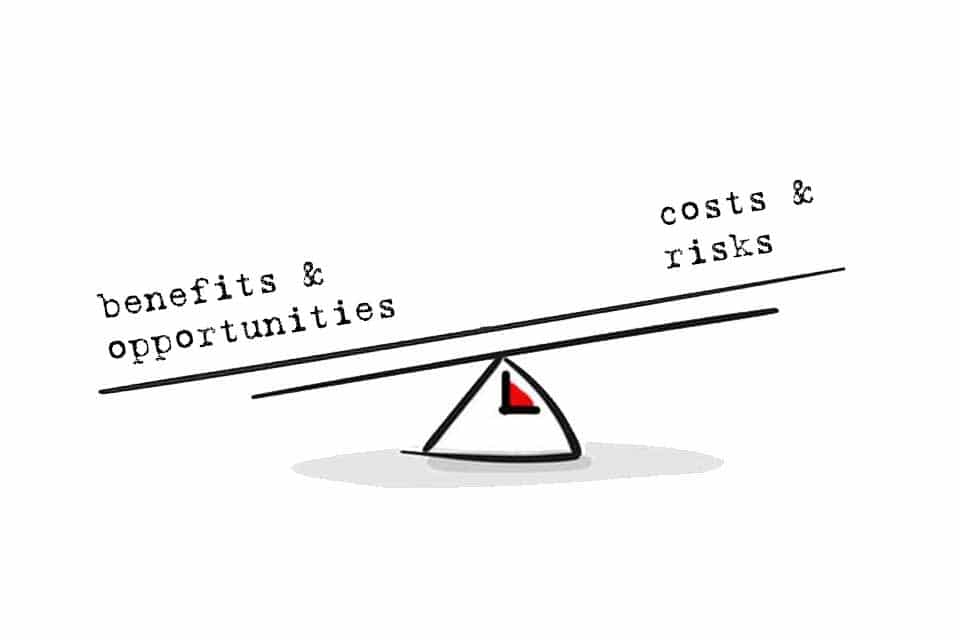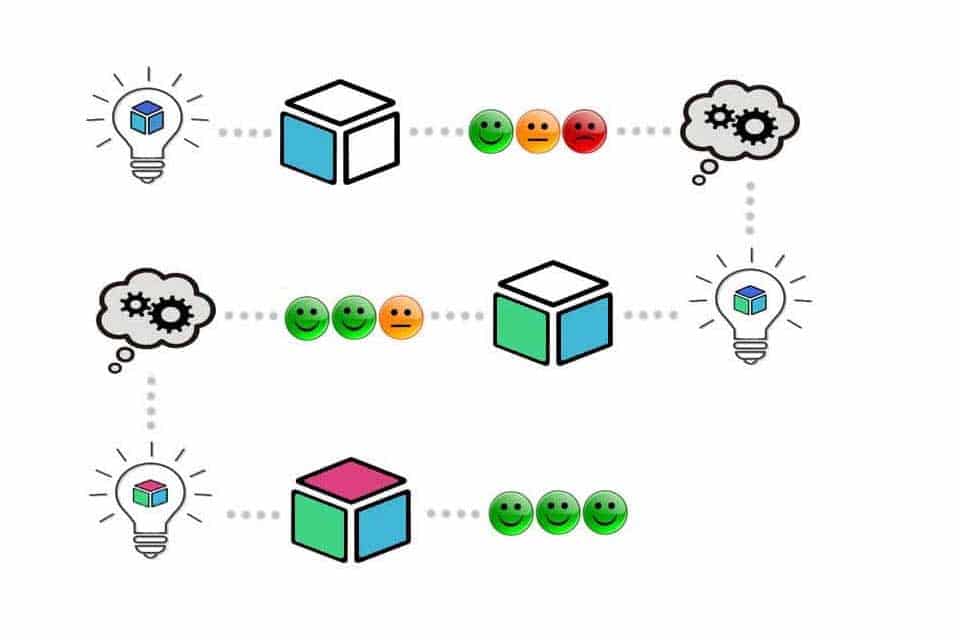What is Application Lifecycle Management?
Smartpedia: Application Lifecycle Management (ALM) is an approach to managing an application throughout its entire lifecycle, from the idea to decommissioning.
Application Lifecycle Management Definition
Application Lifecycle Management deals with the management of an application over its entire lifecycle. The lifecycle of an application, a software, a solution or an app is the time period in which an organization invests in the development and support of the application.
Depending on the perspective, Application Lifecycle Management – often referred to as Application Management and abbreviated as ALM – comprises a few general activities, a few phases or numerous disciplines and business units.
Different Models in Application Lifecycle Management
As an activity model, Application Lifecycle Management is often described as follows:
- Planning
- Develop
- Testing
- Release
- Support
As a phase model, ALM is often described with the following phases:
- Requirement phase
- Design phase
- Implementation phase
- Quality assurance phase
- Release phase
- Maintenance and servicing phase
Thinking it further, a Application Lifecycle Management encompasses many disciplines and thus often also the most diverse business areas. As a discipline model, the following areas, among others, would be affected:
- idea management,
- stakeholder management with the identification and analysis of stakeholders with their goals, wishes and attitudes, as well as stakeholder communication,
- requirements engineering with requirements analysis, requirements management and requirements documentation,
- the description of a business case,
- the conception, the solution draft and the design, if necessary with the help of the UML or SysML or by MVP,
- process management,
- project management,
- change management,
- variant management,
- version and configuration management,
- the development of the application including code generation,
- quality assurance with test case management and, if necessary, code reviews,
- documentation and reporting with key performance indicators,
- customer support including planning and maintenance of the application,
- the relaunch of the application, the replacement by another application or the final decommissioning.
Essentially, Application Lifecycle Management is a combination of activities for the development and support of an application. The affected business areas and disciplines should interact as closely as possible. Example: If a user reports an error to the hotline, this could lead to a change request that is checked, prioritized and scheduled for a next release. The implementation has to be tested and, if necessary, documented. Application Lifecycle Management thus describes a holistic corporate approach.
ALM tools
The different interpretations of Application Lifecycle Managmeent are also a major reason why ALM tools often have very different focuses. Here you will find a list of ALM software, of course not complete and also without evaluation.
Impulse to discuss
How can a company implement agile methodologies in their application lifecycle management process to improve collaboration, increase flexibility, and reduce time-to-market for new software releases?
If you like the article or would like to discuss it, please feel free to share it in your network. And if you have any comments, please do not hesitate to send us a message.
Here you will find additional information from our Smartpedia section:



